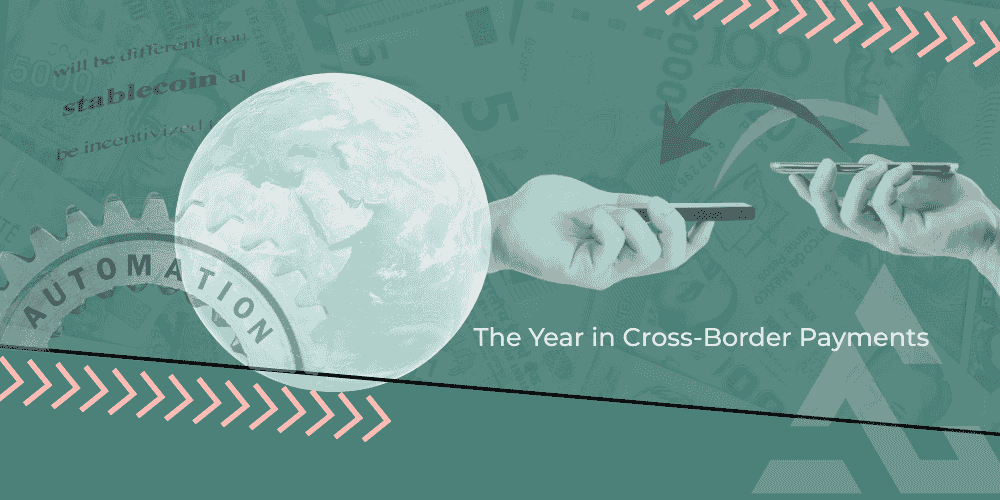The Year in Cross-Border Payments and Correspondent Banking
International wire automation, stablecoins, wallets, and AI reshape global money movement What a pivotal year in cross-border payments. No one...
2 min read
 Damon Magnuski, CEO, Acceleron
:
7/16/25 8:04 AM
Damon Magnuski, CEO, Acceleron
:
7/16/25 8:04 AM

Rejected international payments are one of the most frustrating problems for operations teams, and one of the most preventable. I’ve seen it happen too many times: a customer submits a cross-border wire, but a missing detail, like an IBAN that’s one digit short or a required beneficiary phone number, triggers a rejection by the correspondent bank. Then the bank staff has to chase down the customer, fix the issue, and resubmit the transaction. That wastes valuable time and creates a poor customer experience.
At Acceleron, we’ve helped community financial institutions avoid these issues through international payment automation, with smarter data collection and validation. In this article, I’ll break down the three most effective ways to reduce rejected payments protect your non-interest income.
The most effective strategy is to collect the right data before the wire is submitted.
This means designing your interface to prompt for country-specific information based on the destination. Each country has different rules. Some require a phone number for the recipient. Others require specific local codes or account formats. If your system asks for these details up front, errors and rejections drop dramatically.
We recommend taking a data-first approach. Gather and validate everything needed before showing exchange rates or asking for confirmation. This reduces confusion and delays, especially for customers sending wires internationally for the first time.
However, not every bank can quickly update its user interface. If you rely on tellers or static wire forms, you can still add a layer of protection by validating payment data before the wire is sent out.
International payment platforms like Acceleron offer tools and APIs that automatically check field formats based on destination requirements. If a wire to France is missing a digit or a phone number, the system will catch that and notify your staff before submission. It allows you to correct the issue while the customer is still present or easily reachable.
This type of real-time validation helps reduce strain on your operations team. It also prevents wires from bouncing back and costing your institution time and money.
Even if rejections seem infrequent, the financial consequences can be significant. When payments are delayed or canceled due to missing information, it can trigger chargebacks or create discrepancies in exchange rates. If a rate changes before a wire is successfully processed, your bank might have to absorb the difference.
That eats into your bottom line and directly impacts your ability to generate non-interest income. In today’s environment, where margins are tight and every dollar counts, reducing rejected payments is one of the easiest ways to protect bank revenue from non-interest sources like wire fees and foreign exchange.
Reducing rejected payments comes down to collecting the right data at the right time. Whether you're validating at the front end through the user interface or at the back end before processing, the goal is the same: fewer errors, faster service, and a better experience for both customers and your team.
At Acceleron, we work with community banks and credit unions to streamline cross-border payments and help them turn operational efficiency into real bank revenue. If you're looking to reduce rejections and grow non-interest income, let's talk.

International wire automation, stablecoins, wallets, and AI reshape global money movement What a pivotal year in cross-border payments. No one...

New rules, no pennies, and next-generation rails: this month’s biggest banking news As the year winds down, the industry isn’t slowing. The Fed is...

The SVP, Head of Business Development for Service Providers at The Clearing House talks instant payments, bourbon, and fraud. When you talk to...